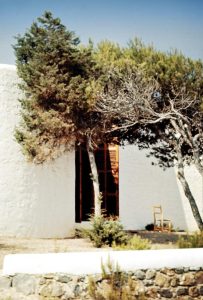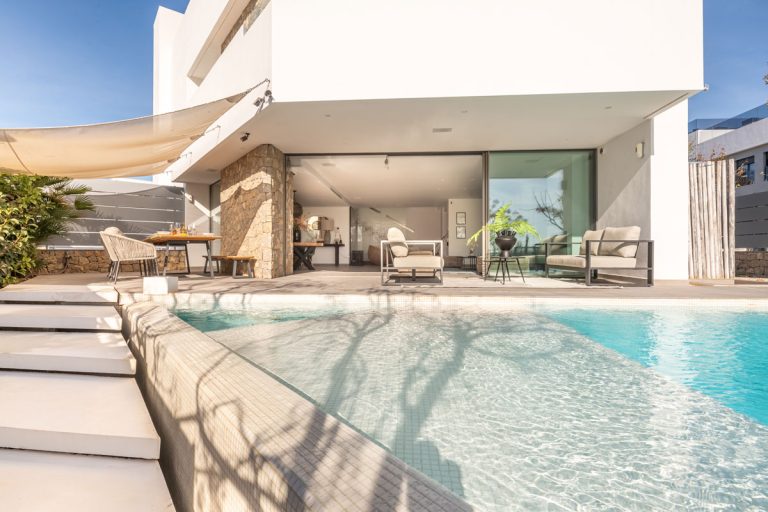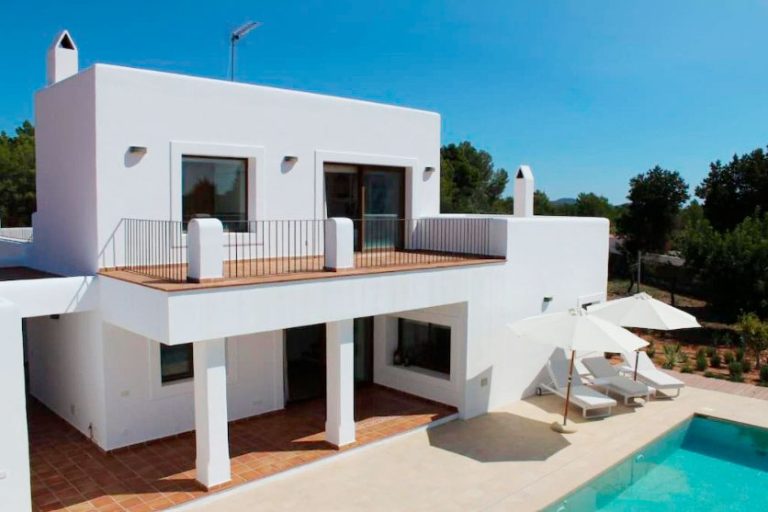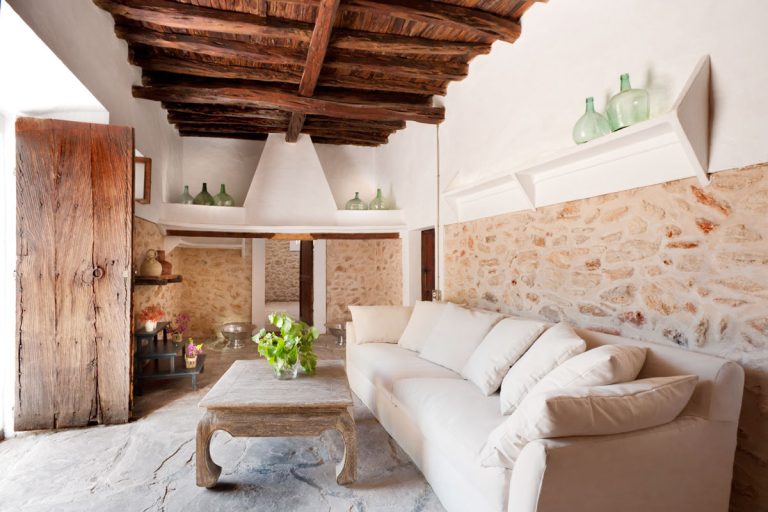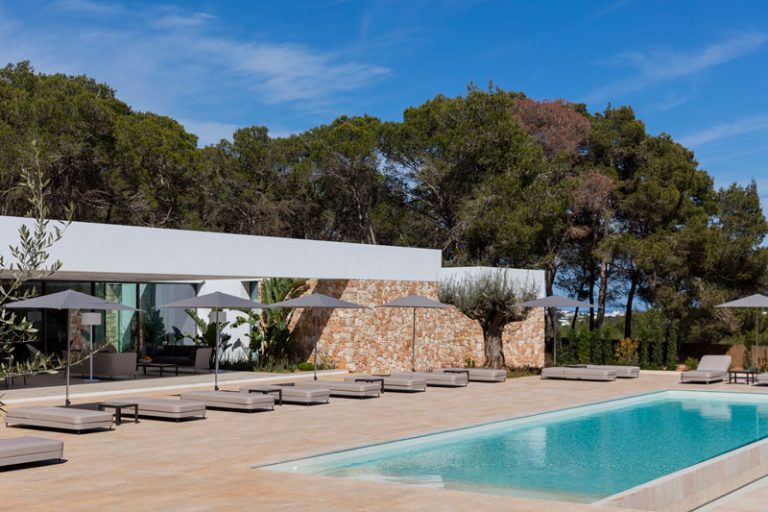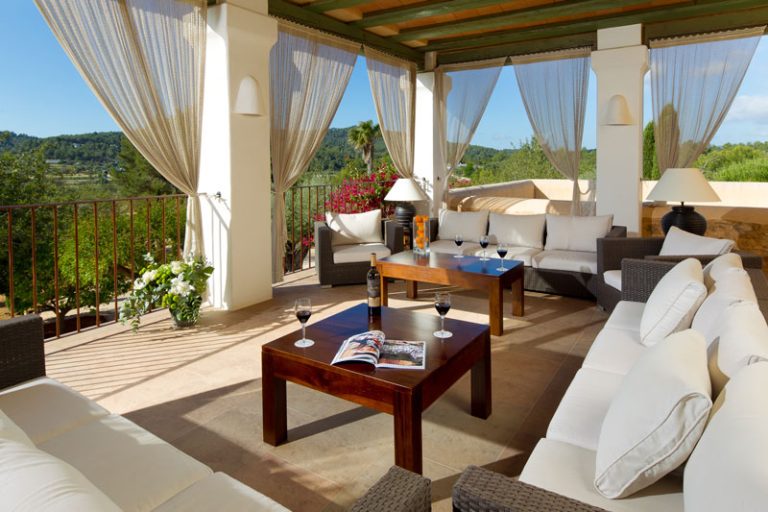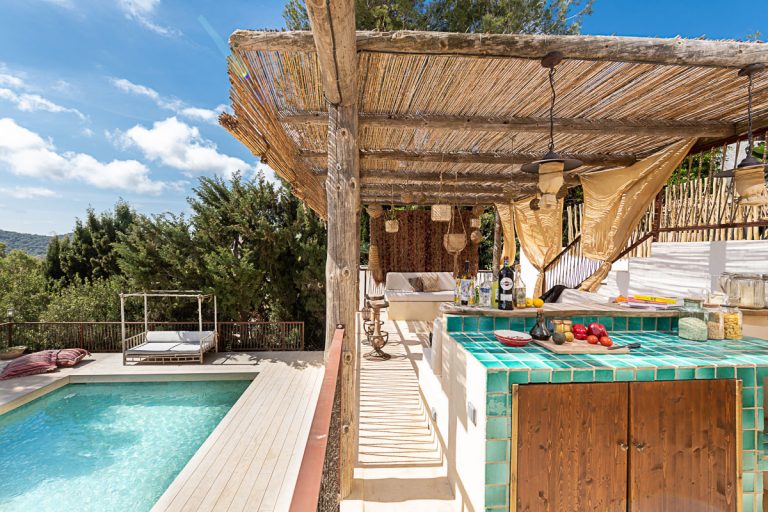ARCHITECTS N IBIZA: RICARDO BOFILL
“Nomade, je suis devenu un nomade“.
(Espaces d´un vie)
SUMMER HOUSE IN CALA NOVA
A tireless traveler and frequent visitor to the island since his adolescence, he completed his first project in Ibiza. A small, organic vacation home, where he discovered the island’s vernacular architecture.
Photografy by @dosmares_ibiza
Text by Daniel Foraster
THE ARCHITECT
Ricardo Bofill Levi, an architect born in Barcelona in 1939, founded a diverse group of architects, engineers, sociologists, and philosophers of different nationalities, laying the foundations for what is now the Ricardo Bofill Architecture Workshop.
Over the course of forty years, they have completed projects of all kinds: urban design, architecture, park and garden design, and interior design. Furthermore, with this team, Bofill tackled diverse projects in different parts of the world, adapting them to the cultural realities of each location. In 1978, he opened a second office in Paris.
His first project was a small vacation home in Ibiza, an organic house with thick curved walls and small windows that captured the “genius locii”—the idiosyncrasy—of the place.
He subsequently completed other projects, primarily in Barcelona, such as the Walden 7, the Hotel Wl, Terminal T1 of Barcelona Airport, the Teatre Nacional de Catalunya, and more. And many others around the world, where he always respected local architecture, such as in France, Algeria, Central Africa, Russia, India, China, Japan, and the United States.
SUMMER HOUSE N CALA NOVA, IBIZA
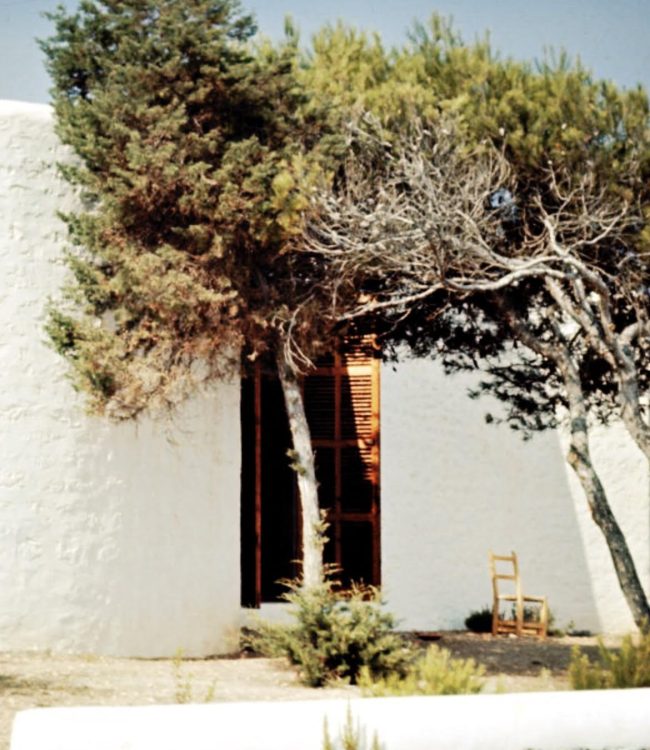
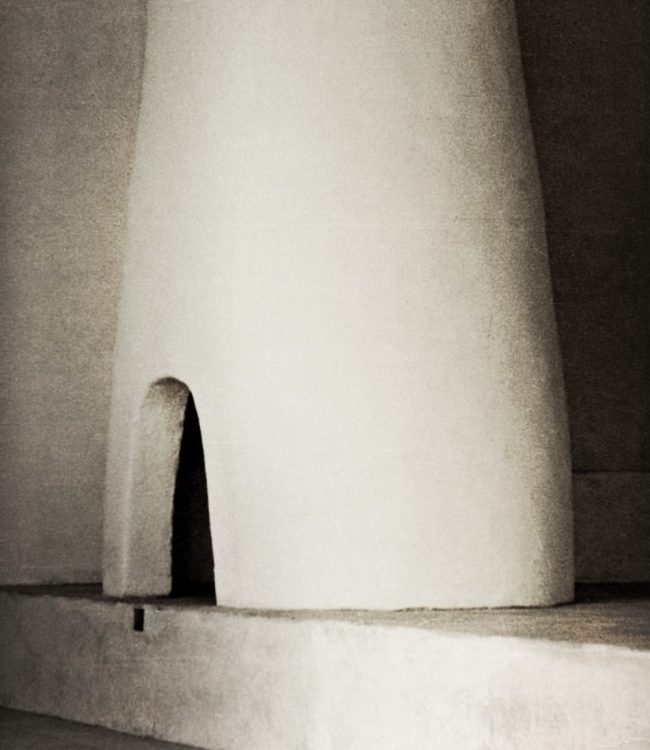
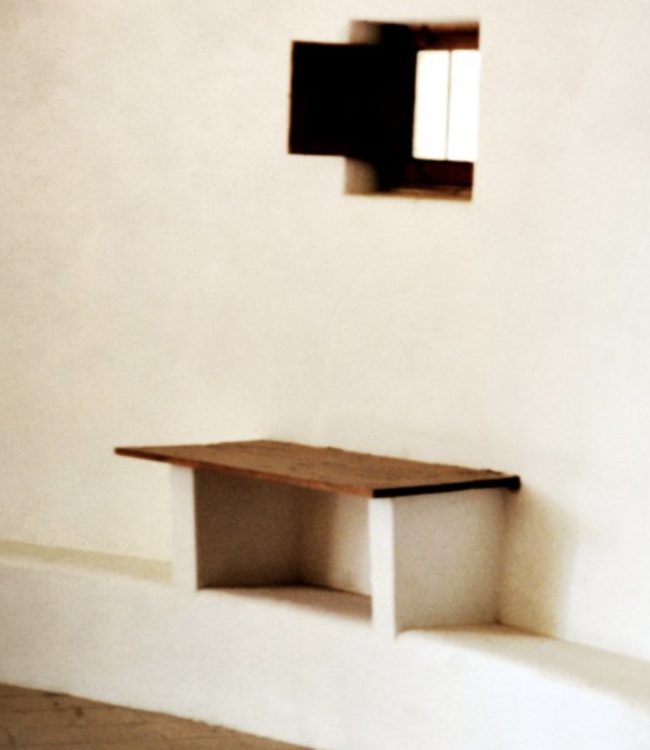
“We were asked to design a house that would be an integral part of the landscape, without breaking with the local architectural tradition. Considering that vernacular architecture in Ibiza was the clearest and most direct response to the vital needs of the Ibizan people, we sought to respond with the same architectural expression to another series of needs. We sought to understand the essence of traditional Ibizan architecture, the way its people, its climate, its landscape, and its materials interact to create this architectural expression.
Respecting the “genius loci,” we designed a house that attempted to modulate each of the spaces. Despite the space being delimited by its exterior walls, the design team was constantly inspired by the relationship between interior and exterior space. The team’s intention was to modulate each of the house’s interior spaces and their correlation with the exterior, in order to counteract the static effect of the facades.”
The fascination with the local is combined with an organic international style, expressed through thick, curved walls pierced by small windows. The team paid special attention to the facades to organically modulate the house’s exterior envelope. The interior is austere and magically restrained.
“The program for this single-family home had to serve the dual function of accommodating a single person at one time, and at other times, a number of guests. The team solved this problem by creating two independent cores that share the kitchen. The two cores are completely separate but connected by a covered open portico, so that the house can function seamlessly, whether partially or completely.”
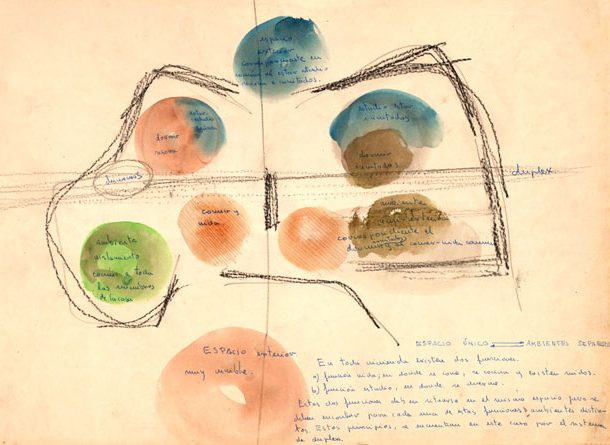
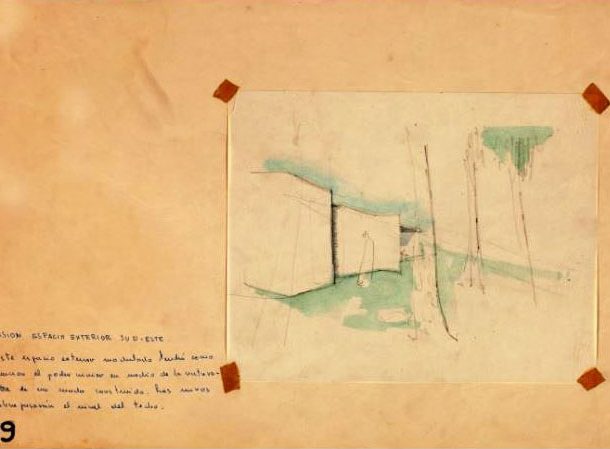
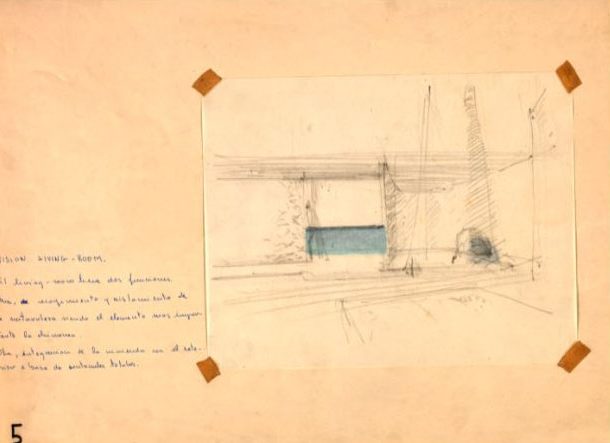
LA FÁBRICA
His studio, office, and home, a former cement factory, seduced him by its contradictions and the ambiguity of a space that had undergone a series of expansions as different production lines required it.
In this way, he created a multifunctional space in which he sought to maintain its surrealist essence, and, like an Escher painting, there are stairs that lead nowhere. In Bofill’s own words, it is characterized by its abstraction, “in its pure volumes, which often appear broken,” and by its brutalism, “in the abrupt treatment and sculptural qualities of the materials.”
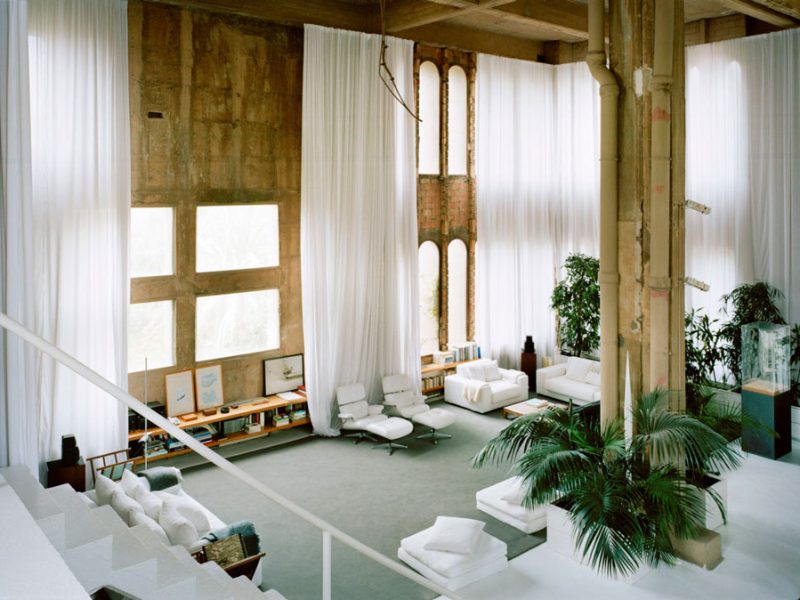
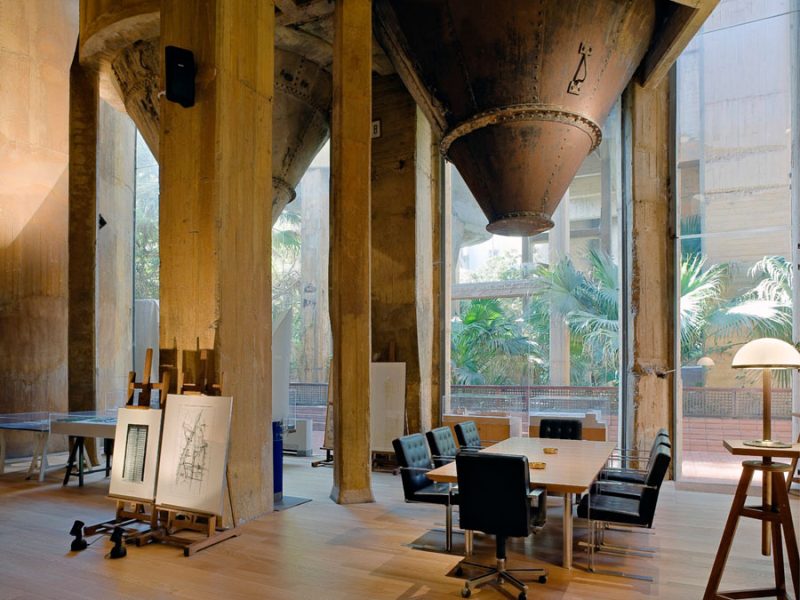
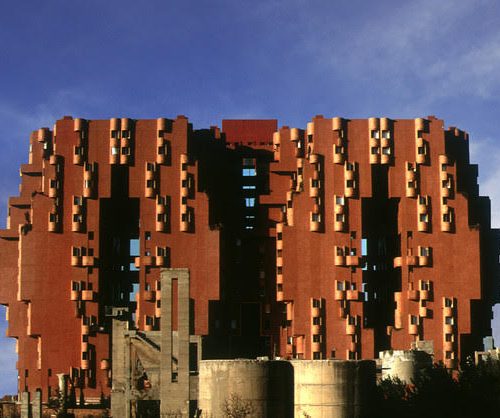
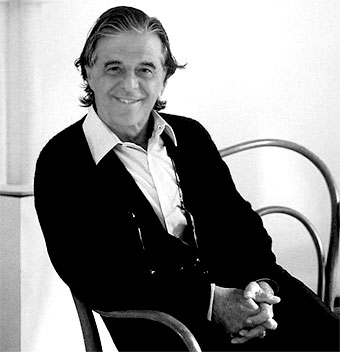
WALDEN 7 BUILDING
It was one of his first, most emblematic and controversial projects. A building intended for social housing, with an unusual budget, he sought to solve urban problems and create a place that would stimulate community activity within the public space.
The building was conceived as a vertical kasbah and contrasts with the mediocrity of its surroundings, thus stimulating community life within. This residential building includes 446 apartments spread over fourteen floors and grouped around five courtyards, as well as two rooftop pools. Each apartment has views both outside and into the interior courtyards. It is also characterized by a complex system of bridges and balconies on different levels that facilitate access to the floors, thus offering a fantastic variety of landscapes.
Ricardo Bofill sought a way to transform society through architecture, using inhabited space as a place dedicated to personal transformation. In this way, he opened the door to systems and ways of inhabiting spaces outside the orthodoxy of the bourgeoisie of the time, transgressing the classic urban planning and architectural norms to which he challenged various interpretations in the public and private spheres.
After his death in January 2022, the activity of his Architecture Studio continues under the guidance of his sons, Ricardo Emilio and Pablo.


